In the United States, when a person dies without a will state statute dictates who qualifies as an “heir-at-law” to the estate. Heirs-at-law are generally individuals who fall into certain classes of relatives based upon the family structure of the deceased. It’s difficult to summarize certain concepts in a short tip and readers are encouraged to become familiar with the laws regarding intestate succession in the area and time period in which their ancestor lived, but here are some generalities that are typically true–in the absence of a valid will and testament: if you know one heir-at-law is a descendant of the deceased, then other heirs-at-law (except for a potential spouse) are also descendants of the deceased; if you know that an heir-at-law is a cousin of the […]
It can be tempting to overwhelm that newly discovered relative with information or communication. In a word: don’t. A tip from several years ago has some reminders of things to do and not do when you’ve located that new-to-you cousin. Check out MyHeritage’s current offerings!
My paternal grandmother’s holiday cards from 1946 somehow got saved when other ones did not. The only reason I know this is because most of them are still in their original envelopes. Except for the card on which my grandma’s sister wrote her a fairly long letter. My digital image of the card includes the name of the sender and the recipient along with what I believe to be the year the card was sent and my reasoning why. The discussion of the year in the citation is brief and only focuses on information not in the card itself. The other time clues in the card are not mentioned in the citation because they are in the card: The reference my aunt’s birthday suggests the card was written […]
Towns come and go. Names of places change. Different people identify a place with a different name. Catalogers unfamiliar with an area sometimes have a mind of their own. I know exactly where the Immanuel Lutheran Church is south of Carthage in Hancock County, Illinois. I’ve been there many times. The church could be seen from where my grandparents and great-grandparents lived–in fact it’s in the background of the occasional picture. It is not located in any town. It’s been a country church since it’s founding in the late 1800s. It really is closer to Bentley or Basco, Illinois, than it is to Carthage. Bentley is what the pastor wrote for the location of one of the early church books in the 1880s. Others (myself included) refer to […]
No matter what you celebrate or do between now and the first part of 2023, remember that there is never a better time to record and preserve family memories than the present. Asking about holiday traditions, typical foods, weather-related challenges, etc. are all good ways to get memories stirred. Consider asking: Did anyone attend church during the holidays? What food did a certain relative always bring? What relative always arrived late? What was a favorite gift you received? Was there a year weather changed your holiday plans? Was there a gift you wanted but never got? Was there one person who always cooked the meal? Was there one person who always insisted on performing a certain task? etc. The holidays can also be a good time to work […]
Some records, particularly United States census records in the earlier part of the 19th century, have more than one set of page numbers. When creating citations, clearly indicate which set of page numbers you are using, for example: stamped page number upper right printed page number lower left Because the page numbers can confuse some researchers, it is always advised to include additional citation information to assist in locating the record. For US census records, this would be the geographic information (state, county, township/village/enumeration district, etc.) and the household/dwelling number. The geographic information is necessary information anyway (since it tells you where the person was living), but it could also help someone else to locate the record again if the page number is “off” or confusing. Some church […]
Periodic accountings and disbursements of estate administrators may tell you a great deal about your ancestor. The illustration from 1920 indicated that the deceased whose estate was being settled was moved (along with husband) to a nearby cemetery. The “move” was shortly after she had been buried in the original cemetery. These accountings can clarify relationships (by documenting the actual amounts they received), provide details about how the family actually lived, give insight into the family’s financial status, and occasionally help to document when other individuals were alive. Check out MyHeritage’s current offerings!
Periodically I get emails from readers indicating “that didn’t work for me,” “that doesn’t work in England,” or “that doesn’t apply to my family.” I understand that. Different locations are different. Different time periods are different. Different families are different. While there can be similarities from one location to another, one time period to another, and one family to another, details do matter. It’s hard for any suggestion to apply to ever situation. Our suggestions are meant to get you thinking, to remind you of something, or to make you aware of something you did not already know. If it “doesn’t seem to apply to you,” ask yourself: Is there something similar (a record or a legal process) for the time and place of my problem? Is there […]
1962 was the 25th year members of the Trautvetter and Schildman clans gathered in Warsaw, Illinois, for a day of food and festivities. The writeup of the reunion in the local newspaper serves to remind of several things about reunions and the writeups that sometimes resulted. Reunions can easily encompass more than one family. The Trautvetter and Schildman families had a joint reunion because two Trautvetter brothers married Schildman sisters and a joint reunion made sense. Most of the Trautvetter attendees descended from the brothers who married the Schildman sisters or siblings of those two brothers. A few other Trautvetters who attended were descendants of first cousins of those brothers. Not everyone in attendance is named. The reference to my grandfather, Cecil Neill, says that “Cecil Neil and […]
Your relative may have worked on their genealogy in a way entirely different from you. They may never have completed what they set out to either. A maternal relative worked on compiling the descendants of her grandmother–my great-great-grandfather’s sister. The relative never completed her work. There is not compiled genealogy. But her notes and letters are extant and those items were a great help in actually completing her work. Her notes outlined all the children and grandchildren of her grandmother. The letters and envelopes helped me to track down additional members of her family–although the work was never finished. Make certain you’ve reached out to all the extended members of your family to see if they have similar materials.
If you’ve been at genealogy for several decades, what non-digital reproductions of records are sitting in your files that need to be preserved in another way? When I started my research back in the 1980s, copies from microfilm were often not considered permanent and researchers were told to use them as a temporary means of capturing the text and that the item should be transcribed before the image faded from the paper. Not all images fade. The image used to illustrate this post was made in the early 1980s and is still legible enough to read, but it was stored in a safe environment in terms of humidity, temperature, and minimal exposure to light. What do you have that needs to be converted to another format?
I do not have the original handwritten copy of this 1933 “class will.” What I have is an apparent photocopy of the will that someone likely gave to my Grandfather Ufkes sometime before his death. I need to make that clear in the commentary I add to the digital images I have created from the copy. The text explaining what the item is needs to reflect that I do not have the original will in my possession. I had to read the description a few times before I felt what I wrote truly reflected what I actually had. Make certain your descriptions and citations truly reflect what you actually have in your possession or what you actually saw.
This is one of two photographs I have of my maternal grandmother when she was a child. I suspect there are other pictures of her, but I have been unable to locate them. Grandma is identified on the reverse of the photo twice. Once she is listed (in pencil and apparently printed) as “Doty” and once she is listed in script as “Dot Habben.” The script I recognize as my grandmother’s writing and the ink appears to not be contemporary with when the photograph was taken. Based on the reverse of the photograph it appears that at one time it was in a photo album. The picture I had was loose in my grandmother’s effects. There was no album of pictures. This begs the question: Were there other […]
A great way to start analyzing an obituary is to put all the dates mentioned in it into chronological order. List all people who were alive when the obituary was written or who apparently survived the deceased. List all people who predeceased the individual who died. Also indicate who was married before the individual died–marriages are sometimes suggested by spouses listed for heirs. Sketch out other relationships if they are readily inferable from list of survivors. Use the obituary to see what other records it suggests and remember that just because something is in print does not mean it is corret.
I have a relative who was married three times, having survived all three husbands. She was married to her third husband some twenty years before she died and she survived him by several years. For reasons unknown to me when she died in 2012 she is listed in the statewide death index under her second husband’s name. She was married to him for five years and they had no children. She continued to use her third husband’s last name after his death. Took me forever to find her. Try a Genealogy Search on GenealogyBank.
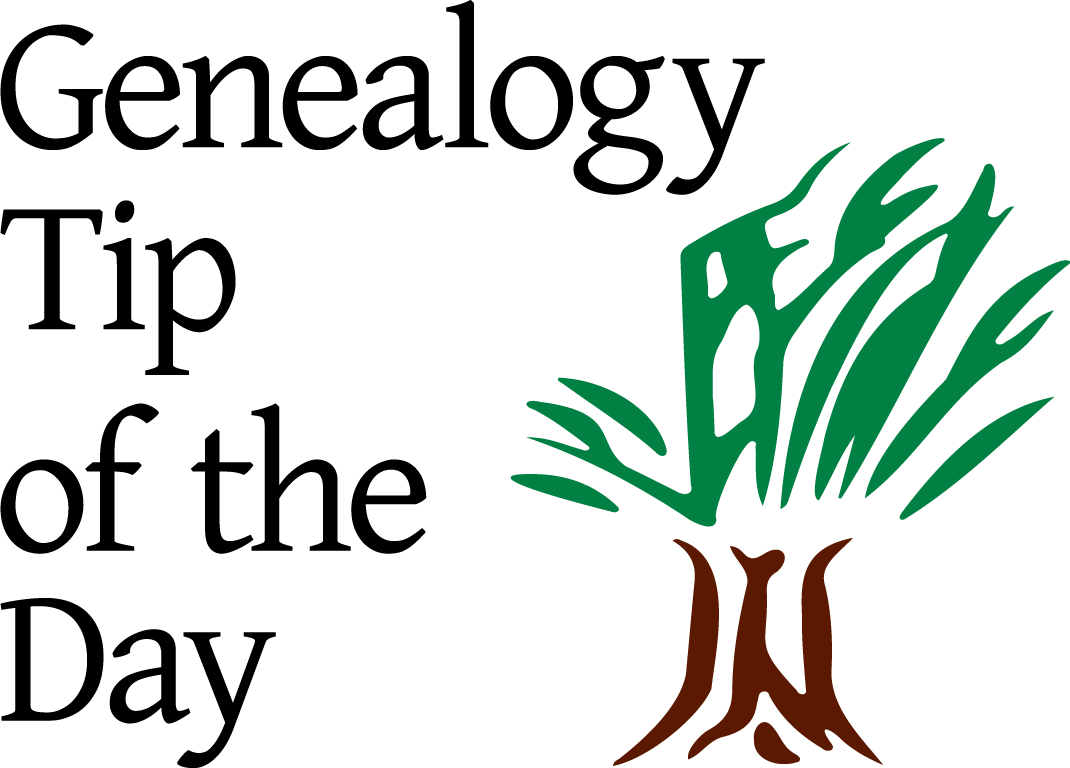
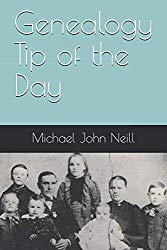
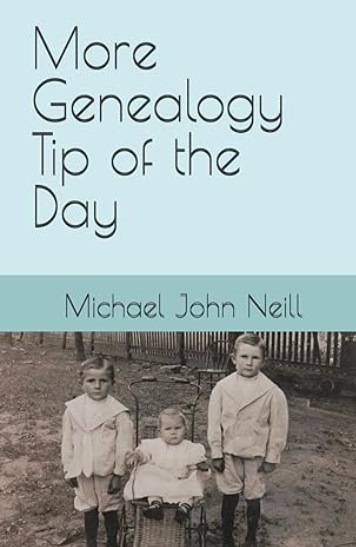

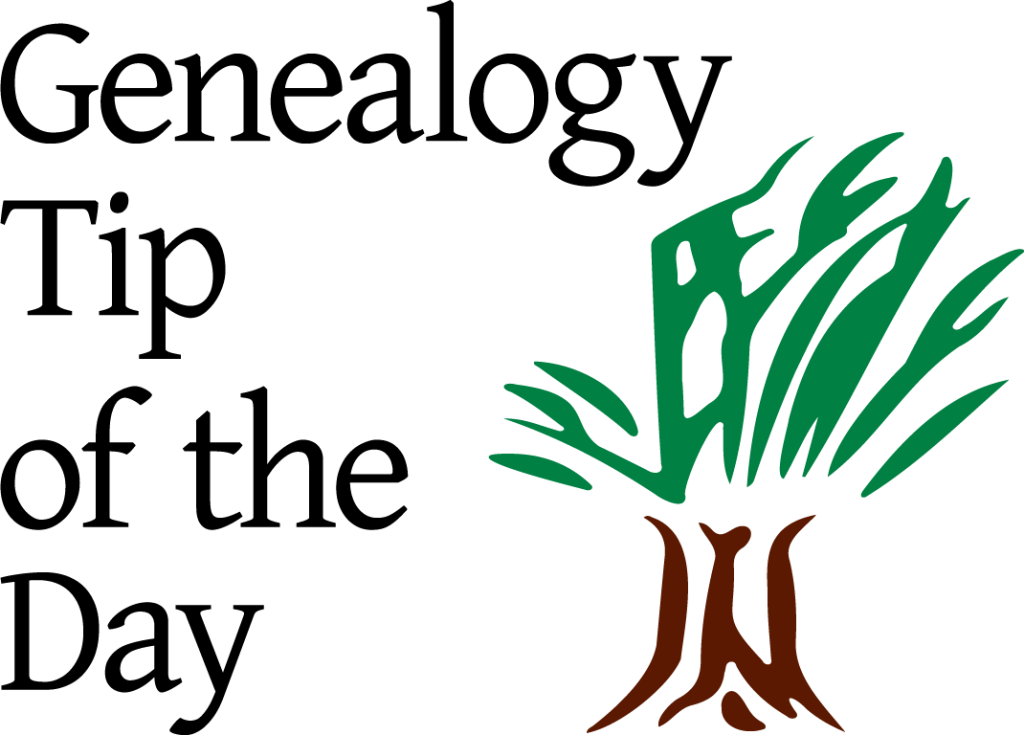
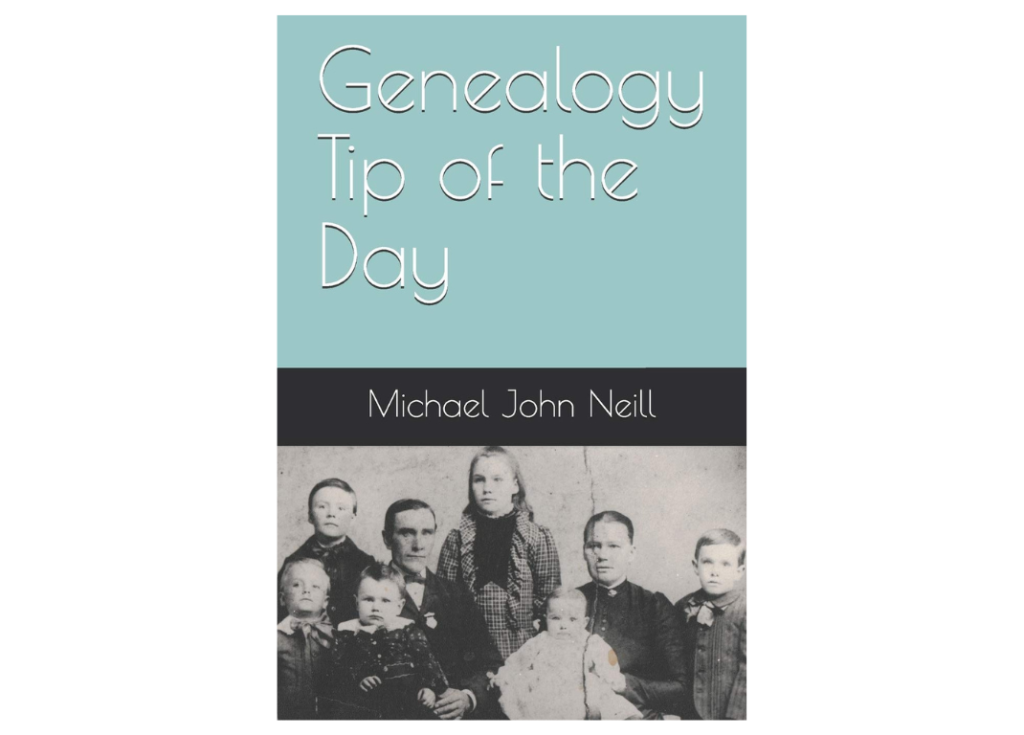
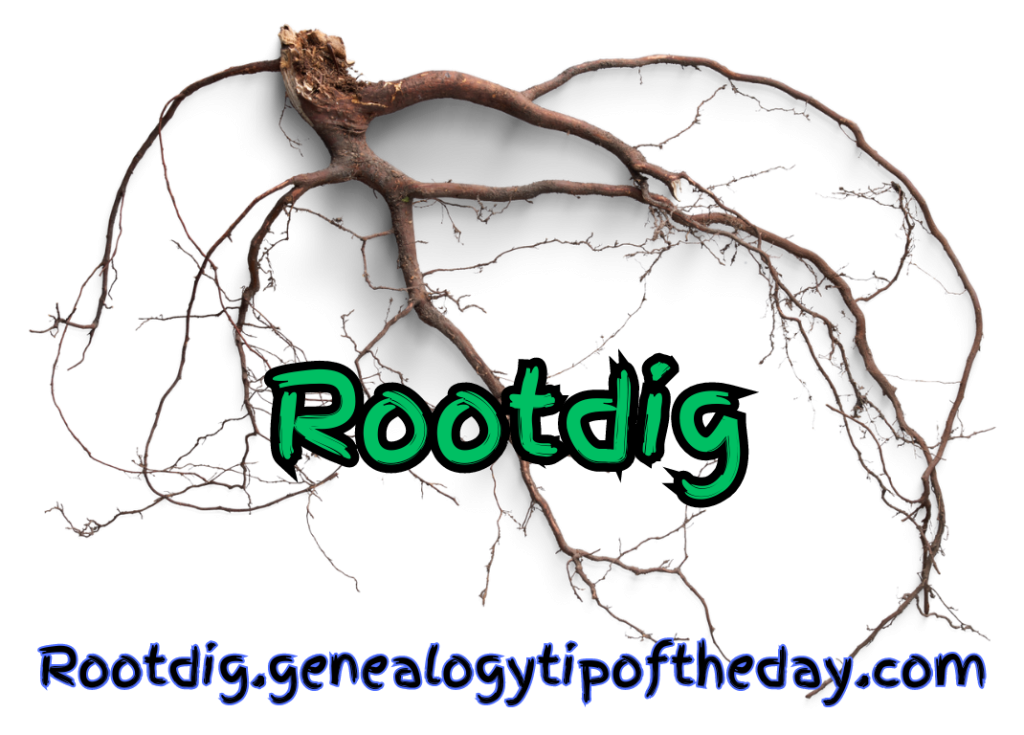

Recent Comments